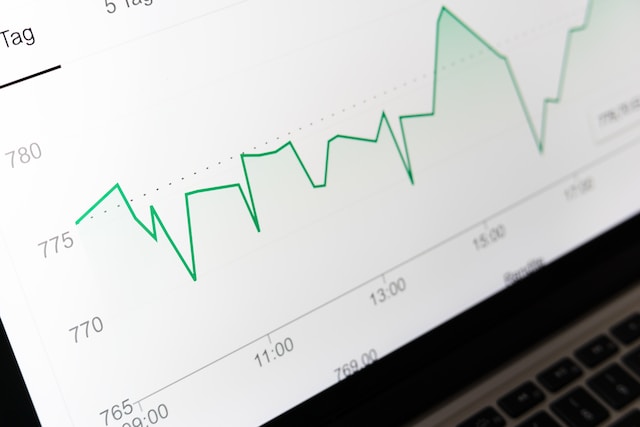How Founders Can Build a Scalable Digital Marketing Strategy from Day One
Starting a new venture is exciting—but it’s also easy to get lost in day-to-day hustle without building a long-term foundation for growth. For any startup or solo founder, crafting a scalable digital marketing strategy from the beginning can be the difference between slow survival and rapid success.
Instead of chasing short-term hacks, founders need systems that grow with their business—strategies that attract the right audience, build trust, and convert consistently.
Why Scalability Matters in Early-Stage Marketing
Startups often launch with basic efforts like setting up a social media page or running one-off ads. But these rarely produce consistent results. A scalable digital marketing strategy ensures:
-
Compounding traffic over time (especially via SEO and email)
-
Efficient use of limited resources
-
Measurable results tied to business goals
-
Easier hand-off as your team grows
The best part? Scalability doesn’t mean complexity—it means clarity, focus, and repeatable systems.
Core Pillars of a Scalable Digital Marketing Strategy
Here’s what a sustainable strategy looks like from day one:
1. Clear Target Audience and Positioning
Start by identifying your Ideal Customer Profile (ICP). Understand their:
-
Pain points
-
Online habits
-
Language and tone preferences
-
Buying journey
Bold Insight: The more specific your target, the more effective your message and offer.
2. Website and SEO Foundation
Even if you’re bootstrapping, launch with:
-
A fast, mobile-optimized site
-
Clear messaging and calls-to-action
-
Keyword-optimized landing pages
-
Technical SEO basics (indexing, meta tags, sitemaps)
This sets you up for organic traffic from day one.
3. Content Marketing Engine
Create valuable, evergreen content:
-
3–5 long-form blog posts targeting core keywords
-
1 lead magnet (e.g., PDF guide or checklist)
-
A basic email nurture sequence
This content builds trust and authority over time—no ad budget needed.
4. Email List Building & Automation
Use free tools like MailerLite or Brevo to:
-
Capture leads via opt-ins
-
Segment lists (cold vs. warm vs. buyers)
-
Automate follow-ups, onboarding, and sales flows
Email is still one of the highest-ROI digital channels available.
5. Paid Ads for Early Traction
Even $5–$20/day on Google or Meta ads can help test:
-
Headlines
-
Messaging angles
-
Landing page conversion
This data helps refine your scalable digital marketing strategy before major spend.
6. Analytics and Tracking
Set up:
-
Google Analytics 4
-
Conversion tracking (events/goals)
-
Heatmaps (Hotjar or Clarity)
-
UTM-tagged links for campaigns
This ensures you track what’s driving results—and what’s not.
Example: A Lean Strategy That Scales
Day 1–30:
-
Set up website, blog, and Google Search Console
-
Publish 3 SEO blogs
-
Run 1 Facebook retargeting ad
-
Launch lead magnet and welcome email sequence
Month 2–3:
-
Add LinkedIn organic content
-
Launch referral campaign
-
Publish guest blog to get backlinks
Result: After 90 days, the business has:
-
SEO traffic climbing
-
Email list growing passively
-
Early conversions from ads + retargeting
-
A working system ready to scale with budget or team
Mistakes Founders Must Avoid
-
Doing everything manually (no automation)
-
Not defining a niche early
-
Ignoring SEO thinking it takes too long
-
Spending on ads without tracking conversions
-
Not repurposing content across channels
Avoiding these mistakes helps your digital marketing efforts scale faster and smarter.
Tools Founders Can Use (Free or Low-Cost)
-
Canva – design content quickly
-
MailerLite – free email automation
-
WordPress + Rank Math – website and SEO
-
Buffer or Publer – social media scheduling
-
ChatGPT – content ideas, outlines, and rewrites
-
Google Analytics & GA4 – campaign tracking
Final Thoughts: Think Like a Scalable Business from Day One
You don’t need a large team or fancy tools to build a scalable digital marketing strategy—just clarity, consistency, and smart execution.
By setting up lean but strong marketing systems from the beginning, founders can focus on growth, not guesswork. The earlier you build these habits, the easier it becomes to scale when traction hits.
How Founders Can Build a Scalable Digital Marketing Strategy from Day One Read More »





